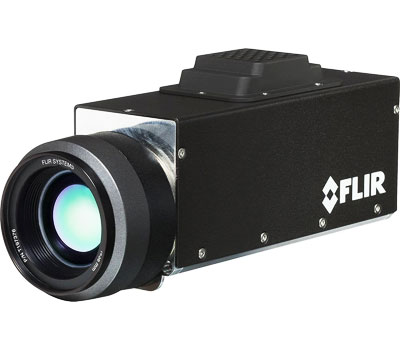 Together We Can
Together We CanEnsure Safety

Optical gas imaging cameras from FLIR can visualize and pinpoint gas leaks that are invisible to the naked eye. With an optical gas imaging camera it is easy to continuously scan installations that are in remote areas or in zones that are difficult to access.
Continuous monitoring means that you will immediately see when a dangerous or costly gas leak appears so that immediate action can be taken. Optical gas imaging (OGI) cameras are widely used in industrial settings, such as oil refineries, natural gas processing plants, offshore platforms, chemical/ petrochemical complexes, and biogas and power generation plants.
OGI cameras like the FLIR G300 a can detect harmful VOC’s (volatile organic compounds) that can seriously harm the environment. FLIR G300 a optical gas imaging camera can be easily integrated in housings with application specific requirements.
FLIR G300 a contains a cooled Indium Antimonide (InSb) detector that produces thermal images of 320 x 240 pixels. With its low F-number and high sensitivity, G300 a detects the smallest of leaks.
The high sensitivity mode further enhances the detection level of the camera so that the smallest gas leaks can be detected.